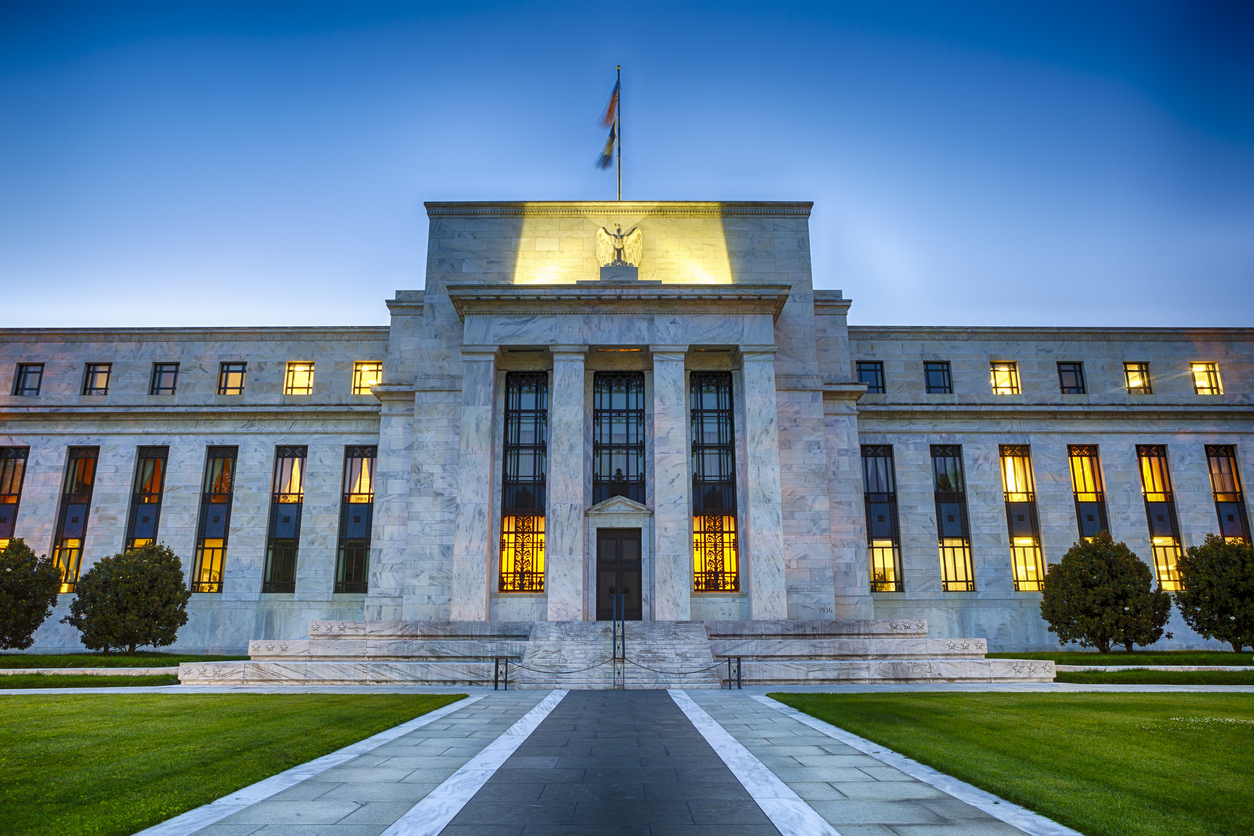Economics & Finance
• 7 minute read
Did a Stamp Duty Hike in China’s Stock Market Turn into Whack-A-Mole Game?

Research reveals China’s policy aimed at controlling trading frenzy in the stock market led to unexpected warrant market bubble
By Jaymee Ng, Principal Writer, China Business Knowledge@CUHK
China’s stock market has experienced several rounds of boom-and-bust cycles and is known for its high volatility. In October 2020, the total value of China’s stock market reached a record high of more than US$10 trillion, an exhilarating yet haunting figure considering that the 2015 China stock market crash was also preceded by a stock market rally. With rising concerns on the overheating stock market and the possibility of repeating the market meltdown six years ago, what measures should the Chinese authorities take to avoid similar events from happening? A recent research study posits that authorities should be cautious when imposing policies to control speculative trading in one market because they usually create new problems in other markets.
The research The Whack-A-Mole Game: Tobin Taxes and Trading Frenzy is co-conducted by Griffin Wenxi Jiang, Assistant Professor in the Department of Finance at The Chinese University of Hong Kong (CUHK) Business School, Prof. Jinghan Cai at the University of Scranton, Dr. Jibao He with the Shenzhen Stock Exchange and Prof. Wei Xiong at Princeton University. The study mainly examines the side effect caused by the Chinese government’s policy action to triple the stamp tax on stock trading on May 30, 2007, in an effort to dampen trading frenzy in the stock market.
“Remember each time the Feds tried to ‘whack down’ problems in one market and new problems cropped up in other unexpected markets? The same thing happened in China.” – Prof. Griffin Wenxi Jiang.
Collecting stamp duty is a common tool used by the Chinese government to cool down overheating stock markets. Chinese regulators first started collecting the stamp tax on the Shenzhen Stock Exchange in July 1990, which triggered a downturn in the Shenzhen stock market. For the speculative stock market boom in 2007, the authorities tripled the stamp tax from 0.2 percent to 0.6 percent on May 30, 2007. The policy did manage to slow the surge of the stock market briefly for about a month before it rose to a historic new high in October 2007.
“Our study suggests that a stamp duty hike may do very little to cool down the trading frenzy in the stock market. What the authorities didn’t see coming was that this policy actually led to a speculative bubble in the warrant market, which was not subject to any stamp taxes” Prof. Jiang says.
China’s Warrant Market
China’s warrant market was short-lived. A grand total of 12 put warrants (the option for the holder to sell a stock at a specific price) and 37 call warrants (the option for the holder to buy a stock at a specific price) were issued for trading on the country’s two stock exchanges between 2005 to 2008. The government closed down the warrant market in 2008 after witnessing the frenzied speculation in these warrants.
To put things into perspective, Prof. Jiang and his co-authors looked at the warrant trading pattern before the announcement of stamp duty hike. They obtained trading data from the Shenzhen Stock Exchange with a final sample that contains nearly 13 million investor accounts. They found that the accounts examined traded put and call warrants only 0.23 times on average, which indicates that warrant trading was not common among investors.
Specifically, trading put warrants was particularly rare, with the average account recording 0.08 transactions before the stamp duty hike. In addition, the average number of first-time put warrant investors was only around 3,000 per day before the announcement of the stamp duty hike.

However, the researchers learnt that after the stamp tax hike, investors examined traded on average 1.49 times in warrants and the increase was particularly strong for put warrants, which was traded 1.21 times. The number of warrant investors also skyrocketed to more than 44,000 investors on the first day after the stamp duty increase, and both types of warrants saw large inflows of first-time investors, with 13,000 new warrant investors venturing into the market for 20 days after the announcement of stamp duty hike.
According to the study, the effects were particularly strong for the five put warrants available on the market at the time, which had no fundamental value due to the stock market boom (since it gave the holder the right to sell the underlying stock, but only at a discount to the market). Surprisingly, the values of these worthless put warrants rose by 2.4 yuan on average and the daily turnover rate rose by 434 percent. The trading volume for the five warrants also increased from 28.3 billion yuan to 1,086 billion yuan.
“Remember each time the Feds tried to ‘whack down’ problems in one market and new problems cropped up in other unexpected markets? The same thing happened in China. Our analysis shows that when you try to penalise short-term speculation on one market, although unintended, you can drive speculative trading to other markets,” says Prof. Jiang.
A Bubble?
What led to the sudden influx of new investors to these worthless put warrants? The study notes a possible explanation is that investors wanted to use the put warrants to hedge the stock market as the stamp tax hike signalled a government policy to cool down the stock market. But Prof. Jiang and his co-authors find this argument not too convincing.
“These put warrants were deep-out-of-the-money, meaning they had virtually no value. Therefore, it is difficult to explain the unreasonable price level, turnover rate and price volatility in these put warrants, let alone using them to hedge the market,” Prof. Jiang explains. “Instead, they all point to a greatly intensified speculation frenzy in the put warrant market after the stamp tax increase for stock market.”

According to the study, stock prices dropped 7.3 percent on average at the opening of trading after the announcement of the stamp tax increase. The underlying stocks of the call and put warrants dropped 7.1 percent and 6.3 percent respectively. However, as the overall stock market dropped further and the underlying stocks prices of the put warrants dropped by 1.1 percent, their put warrants went up in value by 58.1 percent and one of them skyrocketed by 171.6 percent.
Such a dramatic price reaction from the put warrants market point to a possible bubble. Prof. Jiang and his co-authors think that the stamp duty increase served as an “initial shock” to trigger large inflows of new warrant investors, which then triggered the speculative motives of existing warrant investors. The two forces combined worsened the existing bubble in the warrant market.
To further confirm their findings, the researchers conducted a placebo test to ensure that the sudden increase of new warrant investors indeed driven by the stamp tax hike, and not by the slump in the market. The researchers examined the warrant trading between December 5, 2005, to June 20, 2008, excluding the stamp tax hike event period from April 25 to June 26, 2007. They found that the average number of new investors in the put warrant market amounted to 5,226.4 across the five placebo days, which is substantially smaller than the number triggered by the stamp duty increase.
“We believe that implementing short term tax hike in one market may well induce unintended consequences in other related markets, even though the outcome may or may not be in the form of a bubble. The key challenge to financial regulators is that they need to aware of the possibility of investors sidestepping a financial policy by taking speculative activity in other markets and the spillover effects of their policy,” Prof. Jiang says.


